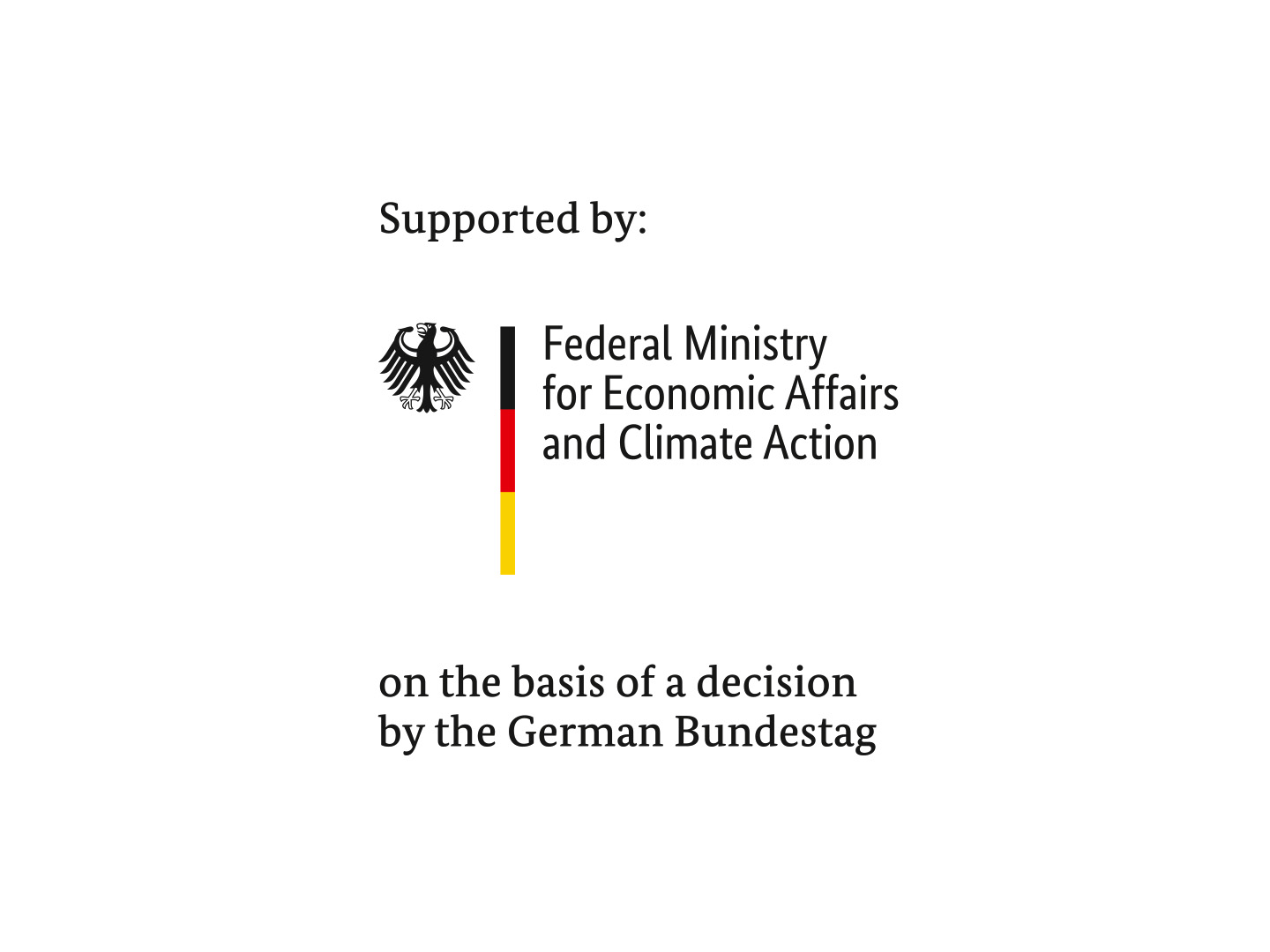Project objectives: Advancing the energy transition in inland ports
How can inland ports be further developed as urban districts in terms of the challenges posed by the energy transition? This question was at the heart of the project "enerPort – Sector coupling and efficient energy supply for inland ports using the example of the Port of Duisburg." Key feature of the project: The aim was not to develop individual measures for specific objects or companies, but rather to find solutions for the holistic transformation of the port. A cross-industry approach to sector coupling between the energy industry and production, logistics, urban space and mobility was pursued in order to create cross-cutting synergies and fully exploit the potential of the locations.
 Fraunhofer Institute for Environmental, Safety and Energy Technology UMSICHT
Fraunhofer Institute for Environmental, Safety and Energy Technology UMSICHT